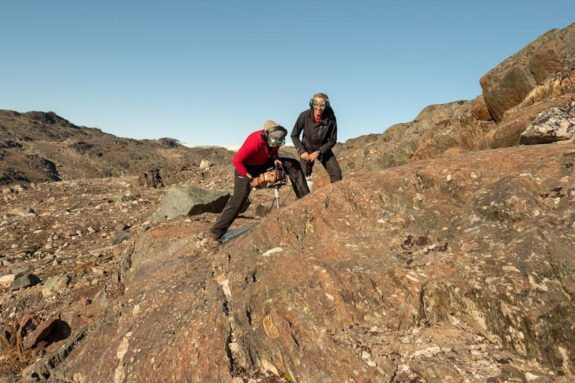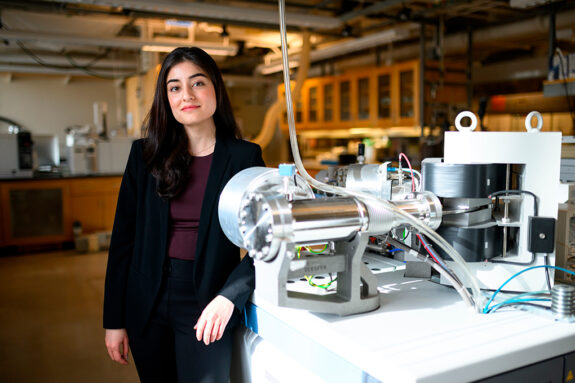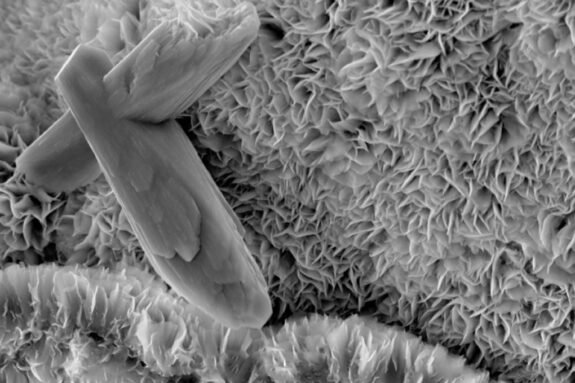Geology, Geochemistry + Geobiology
- Geomorphology
- Co-Evolution of Life + Environments
- Petrology
- Paleoclimate
- Astrobiology
- Stratigraphy + Fossil Records
- Paleogenetics + Horizontal Gene Transfer
- Marine Biogeochemistry
- Microbiology
- Ecosystems
- Sedimentary Geology
- Tectonics
- Chemical Oceanography
- Carbon + Nitrogen Cycle
- Stable Isotope Geochemistry

The evolutionary relationships between continents, oceans, atmosphere, and biosphere blur traditional boundaries between the Earth, atmospheric, and planetary sciences. The EAPS graduate Program in Geology, Geochemistry, and geobiology (PGGG) combines disciplines to develop more accurate monitoring, measuring, imaging, and modeling tools to trace the history of the Earth’s crust and the co-evolution of life and environments.
Program Chair: Oliver Jagoutz


